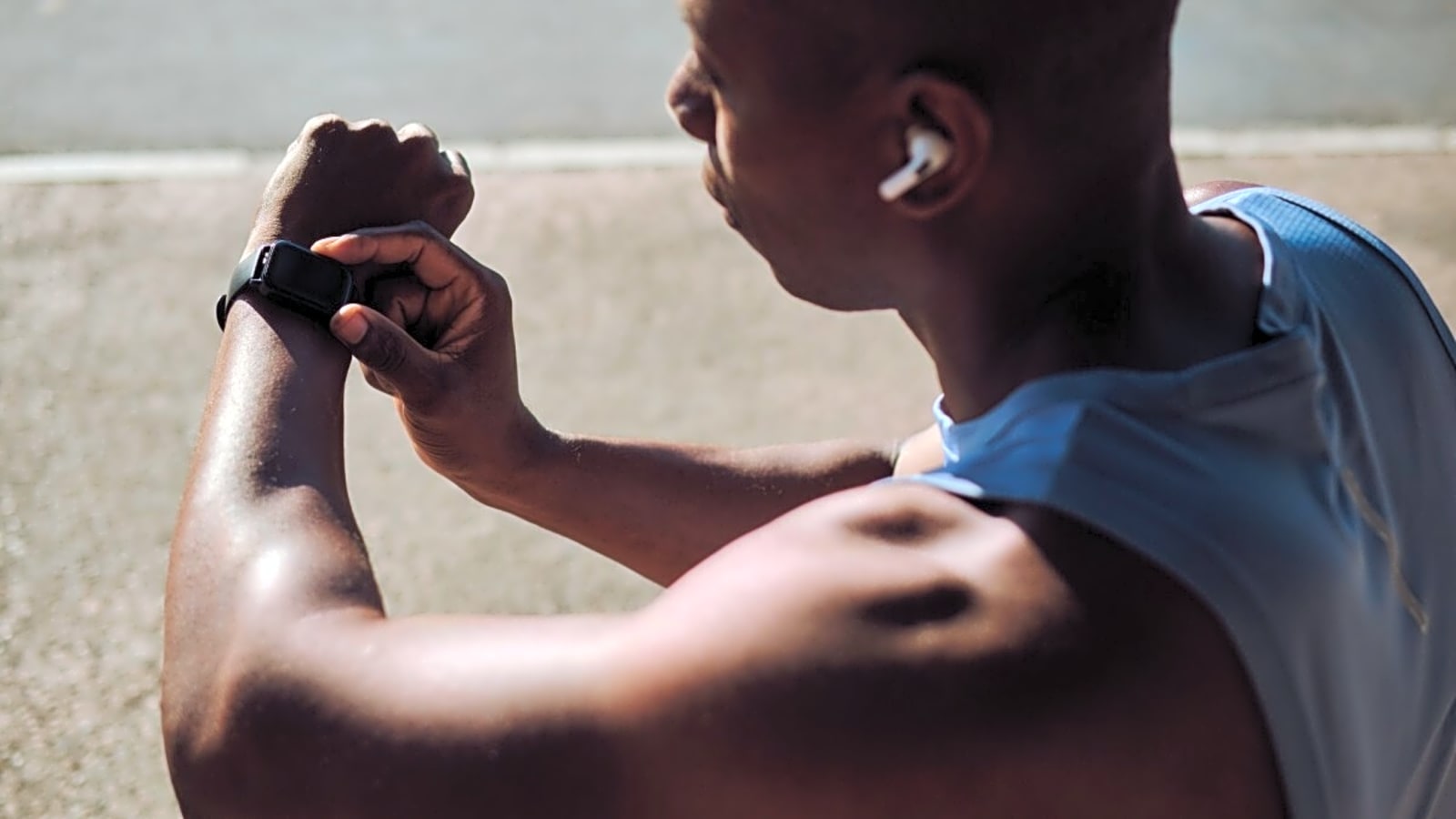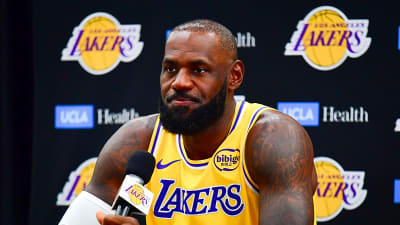
Wearables have been one of the hottest trends in fitness for years. Top brands like WHOOP, Oura, and Garmin promise smarter training and better readiness, but all that data can be overwhelming if you don’t know what to watch. Most experts agree that the metrics that deliver the most bang for your buck are nighttime heart-rate variability (HRV) and resting heart rate (RHR). Track these reliably, and they can tell you when to push hard and when to back off, assuming your device is actually accurate.
A recent study compared popular devices measuring HRV and RHR over hundreds of nights to see which measured up compared to the gold standard ECG chest strap. While perfect scores are a nice flex, the real gold is in tracking consistent patterns you can act on.
“A wearable device that consistently stays within roughly-five-percent accuracy of ECG readings and shows strong correlations is a practical choice for most training needs,” says Pamela Tambini, M.D., Medical Director at Engage Wellness. Pick a device that gives you accurate data, wear it the same way every night, and let trends drive your next session.
Here's how popular devices stacked up, according to the study.
What the Study Tested (and Why It Matters)
The study, published in Physiological Reports, examined how closely popular devices match an ECG when you’re asleep and still. Thirteen healthy adults wore multiple trackers at home for 536 nights, testing real-life sleep, where nighttime heart-rate variability (HRV) and resting heart rate (RHR) are cleanest.
An ECG-grade Polar H10 chest strap (1,000 Hz) was used as the reference while participants also wore an Oura Ring (Gen 3 and Gen 4), WHOOP 4.0, Garmin Fenix 6, and Polar Grit X Pro. Researchers compared each device’s sleep-based HRV and RHR to the ECG for all nights, then checked how well the numbers aligned.
If a wearable can reliably shadow ECG while you sleep, you can use its trends to guide your training. Performance scientist Mark Kovacs, PhD, FACSM, CSCS, CEO of the Kovacs Institute, says as long as a wearable is within about five percent of the ECG accuracy for resting heart rate and within 10 milliseconds for HRV, it's 'good enough' to guide most training decisions. "The goal isn’t to replace a clinical ECG…it’s to capture consistent, trend-based data night after night."
But HRV can be trickier to track. “Generally, heart rate is easier to measure accurately than HRV, since HRV can fluctuate more due to motion, breathing, and sensor sensitivity,” says Dr. Tambini. That’s why the sleep window, and an accurate device you wear the same way every night, matters far more than a single perfect score.
Who Nailed It, Who’s “Fine,” Who’s Not
Oura owns accuracy right now. In this test, the Gen 4 ring lined up best with ECG for both HRV and resting heart rate, with Gen 3 just a step behind. WHOOP 4.0 landed in the acceptable range, so it's great for spotting trends even if its absolute numbers aren’t the tightest. Garmin Fenix 6 showed only moderate agreement for HRV and couldn’t be fairly compared for resting heart rate in this setup, so it was excluded. Polar Grit XPro had the largest HRV error.
Resting Heart Rate (RHR):
All differences were small in real-world terms.
- Oura Gen 3/4: essentially no bias.
- WHOOP 4.0: slightly under-reported.
- Polar: more variance.
HRV:
- Oura: the most consistent agreement.
- WHOOP: fine for trend lines.
- Garmin/Polar: inconsistent, likely tied to how each device segments and filters data.
The best advice is to pick a device and stick with it so your trend stays clean. If accuracy is your top priority, go with Oura first. WHOOP is workable for day-to-day pattern tracking, but watches were mixed for HRV.
How to Use HRV and RHR Without Overthinking It
Don't let a single low HRV night stress you out. Look for patterns over three to seven days, not one blip after a late session or a rough sleep. “One day of data is not the best use of HRV; I utilize a rolling three and rolling seven-day average with my professional athletes and elite executives,” says Kovacs. Here are some tips for using the data wisely.
Keep Your Conditions Steady
Use the same device every night with a consistent bedtime and avoid caffeine or alcohol later in the day. Late training and heavy dinners can also impact the numbers. If making changes to your routine, try not to switch up too many variables at once.
Read HRV With Resting Heart Rate
A dip in HRV plus a higher-than-usual RHR is a clearer “you’re taxed” signal than either on its own. If HRV slides but RHR is normal and you feel fine, train as planned, or shave a little intensity and check back tomorrow.
Make Simple Calls
Good trend, normal RHR, solid sleep, and mood mean you're good to go. Two or three days of lower HRV alongside higher RHR and lousy sleep means cut a set or two, extend rest periods, or swap out the top-end intensity for technical work.
Skip the Absolute Comparisons
Your baseline is unique. Do not stack your HRV next to a friend’s or a screenshot online.
Know the Brand Quirks
Rings and straps designed for sleep often handle nocturnal HRV best. Multisport watches can be excellent training tools, but treat their HRV more directionally and lean on RHR and how you feel.
Keep a Tiny Log
Note sleep quality, HRV change, RHR change, mood, and what you trained. Two weeks of notes make patterns obvious.
Recovery tech should give you clarity, not more confusion. Nighttime HRV and resting heart rate can give you that clarity when you measure them consistently and act on trends. Pick one device, build your baseline, and make small, sustainable training choices. That is how a wearable becomes a tool instead of a toy.
More must-reads:
- NASCAR driver released from hospital after scary Talladega crash
- After blowout loss to Rams, it's time for Jaguars' Travis Hunter to consider difficult decision
- The 'College basketball AP preseason No. 1 teams' quiz
Breaking News
Trending News
Customize Your Newsletter
 +
+
Get the latest news and rumors, customized to your favorite sports and teams. Emailed daily. Always free!








